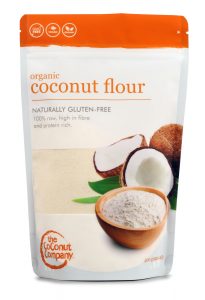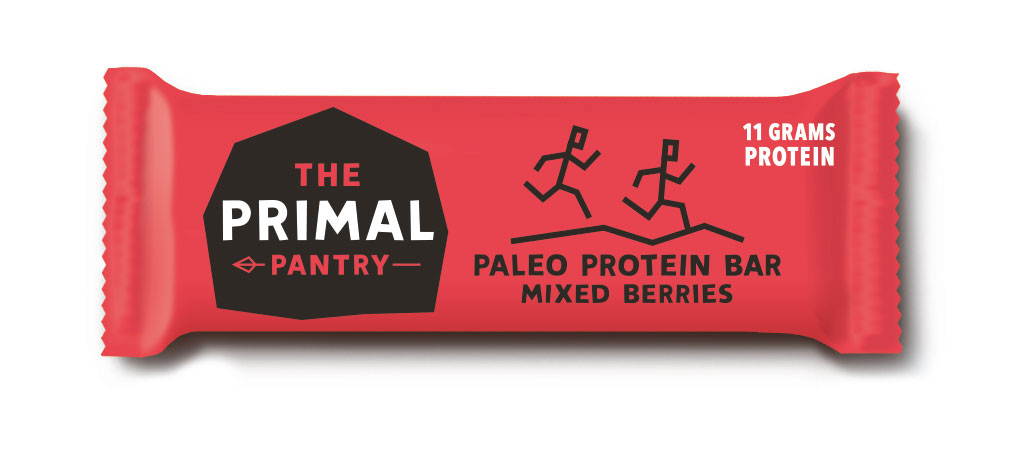 Once a niche sector dominated by powders and shakes, the global high protein products market is now expected to reach £8bn by 2017. We speak to Daniel Reeds, MD at health food marketing company New Chapter Marketing, about what’s driving this trend and which products should be on your shelves…
Once a niche sector dominated by powders and shakes, the global high protein products market is now expected to reach £8bn by 2017. We speak to Daniel Reeds, MD at health food marketing company New Chapter Marketing, about what’s driving this trend and which products should be on your shelves…
There’s not one single reason as to why the protein products market has exploded in recent years, rather a culmination of factors. Some of the traditional brands in the arena, such as Maxi-Muscle, began advertising their products to a more mainstream audience about a decade ago, producing products that were less aggressively targeted at the bodybuilding world and more focussed on everyday gym users, they used more women in their adverts and linked up with more sports.
Alongside this, gym membership has gone through the roof and, more recently, social media has helped create a new means to put fitness products in front of a mass market.
 Perhaps the biggest driver behind the growth however has been a better understanding, from both the public and brands themselves, of the nutritional science behind protein supplementation. Previously protein was just associated with muscle growth, but now people are beginning to understand that foods high in protein can also help with weight loss, due to the fact they keep you feeling fuller for longer and therefore less likely to reach for the biscuit tin. As a consequence, it’s now believed more high protein food products are bought for slimming purposes than for muscle building.
Perhaps the biggest driver behind the growth however has been a better understanding, from both the public and brands themselves, of the nutritional science behind protein supplementation. Previously protein was just associated with muscle growth, but now people are beginning to understand that foods high in protein can also help with weight loss, due to the fact they keep you feeling fuller for longer and therefore less likely to reach for the biscuit tin. As a consequence, it’s now believed more high protein food products are bought for slimming purposes than for muscle building.
Key to the growth has been the innovation shown by brands in the sector, who have met the public’s growing appetite for high protein products in ever more tasty and creative ways.
Dr Zak’s are a great example of a company that have helped bridge the gap between the traditional protein market and the new one. Created by a decorated bodybuilder, with a doctorate from The Royal Free Medical School, to help provide protein products other than shakes to the market, the Dr Zak’s range started out as bread and pasta fortified with protein. The popularity of these products has led to the brand now including bagels and a range of flavoured peanut butters, which allow people to up the protein levels of their everyday meals without even realising.
 Other companies in the sector allow for consumers, and manufacturers, to create high protein foods in the comfort of their own homes, and the likes of The Coconut Company’s Organic Coconut Flour, which contains a whopping 22g of protein per 100g of flour (that’s over double the amount in normal flour), has seen a boom in sales as consumers turn everyday dishes into high protein foods and manufacturers snap it up for use in everything from high protein cakes to ready meals. Buoyed by the success of the flour, the company are set to launch a coconut based protein powder; offering a plant derived protein with a high solubility and fibre content and an optimum level of protein, carbohydrates and good fats.
Other companies in the sector allow for consumers, and manufacturers, to create high protein foods in the comfort of their own homes, and the likes of The Coconut Company’s Organic Coconut Flour, which contains a whopping 22g of protein per 100g of flour (that’s over double the amount in normal flour), has seen a boom in sales as consumers turn everyday dishes into high protein foods and manufacturers snap it up for use in everything from high protein cakes to ready meals. Buoyed by the success of the flour, the company are set to launch a coconut based protein powder; offering a plant derived protein with a high solubility and fibre content and an optimum level of protein, carbohydrates and good fats.
Even the more traditional protein products, such as protein bars, are seeing a face lift; with brands like The Primal Pantry launching an alternative protein bar range, combining the growing demand for raw natural ingredients with a high protein on the go snack.
Moving forward it doesn’t look likely the demand for high protein foods is going to slow, as they form an integral part of the functional foods market, predicted to reach a global value of $54 billion by the end of 2017.
 Furthermore, if sales of red meat continue to slide, amid concerns over environmental and health factors, we may yet see an even greater demand for products fortified with extra plant based protein, as people begin to rely on these kinds of foods not as a means to get bigger muscles or even slimmer waists, but as a way of getting their everyday nutritional needs from non-animal sources.
Furthermore, if sales of red meat continue to slide, amid concerns over environmental and health factors, we may yet see an even greater demand for products fortified with extra plant based protein, as people begin to rely on these kinds of foods not as a means to get bigger muscles or even slimmer waists, but as a way of getting their everyday nutritional needs from non-animal sources.
Source: New Chapter Marketing

You must be logged in to post a comment Login